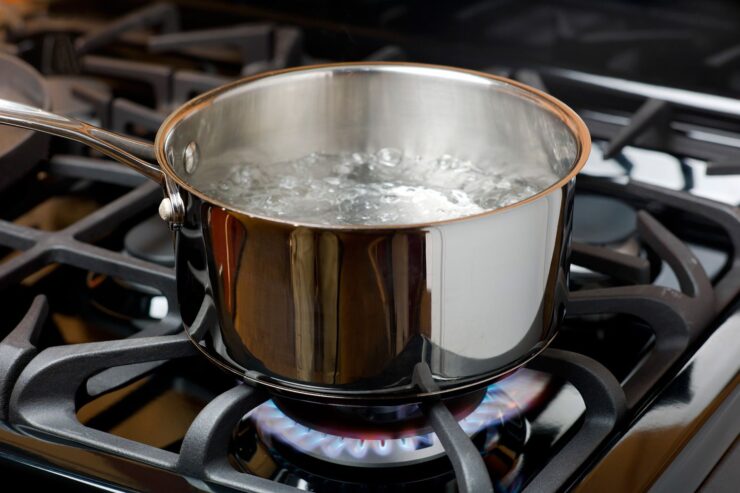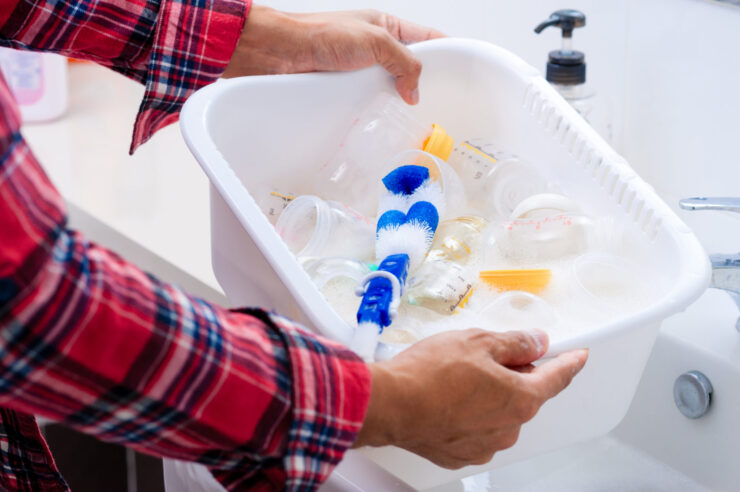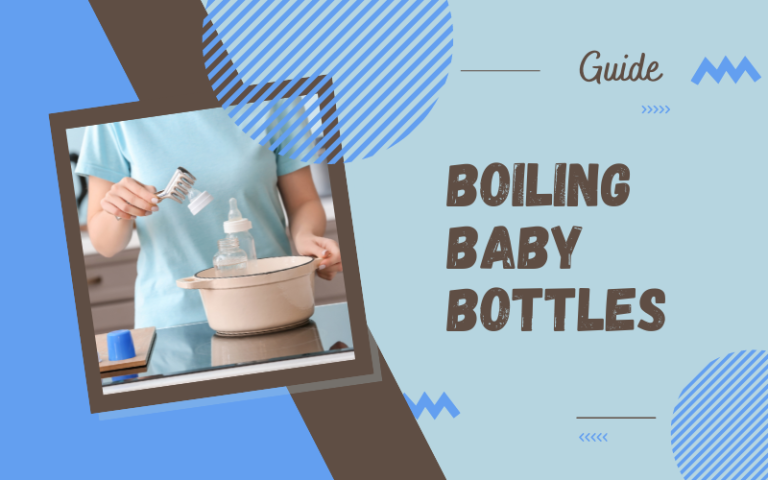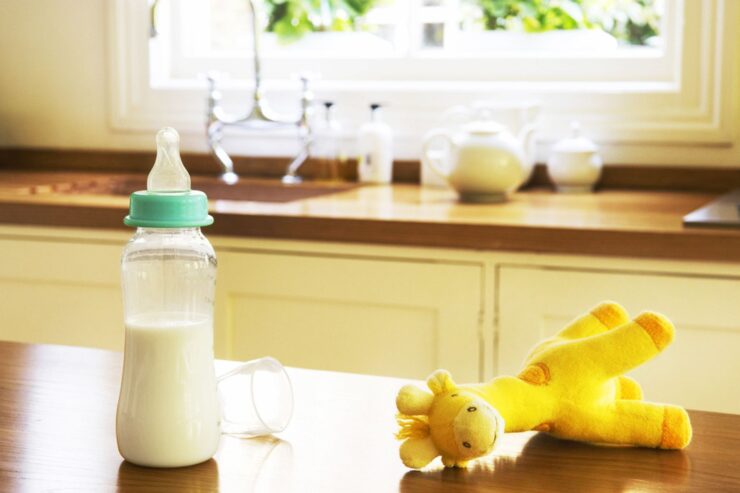Is there anything like boiling baby bottles too long? Yes, and you’ll do well to learn what it is and how you can avoid doing that.
One of the problems new moms face is determining how long they have to boil their baby bottles. How long is too long and is it even safe?
This question/concern is borne of the desire to sanitize the baby bottle and clear it off from germs.
This means you already have the bottles and want to know the best way to keep them germ-free. Even if you just want to know how long you should boil the bottles, you’ll find this article useful.
Boiling Baby Bottles, What Exactly Is it?

Boiling is a method of immersing your baby’s bottle in a clean pot of water, that’s heated to a very high temperature to kill of germs/bacteria that may be present in the bottle.
It’s the oldest and one of the commonest sterilizing methods. It keeps the bottle germ-free and clean enough for another use.
Unlike other methods, you don’t have to buy or learn how to boil other than following certain guidelines. In the following paragraphs, you’ll learn how long to boil baby bottles and other alternatives.
Important Steps to Take When Boiling Baby Bottles
A. Follow instructions
The first thing you should do in this situation is to read/browse the directions on how to safely do it. This is extremely important!
Some people think that it’s just about boiling water and drawing a specific duration out of thin air. This isn’t true, especially when it comes to boiling baby bottles.
You’ll need to avail yourself of the instructions from the maker of the bottle. Ever wonder why most manufacturers have videos, guides, directions, and even package instructions on how to sterilize/sanitize their baby bottles?
Yes, it’s for this exact reason.
People like to try experiments on their baby bottles, which can be quite hazardous. Therefore, it’s important to follow instructions from your brand when you’re trying to boil your baby’s bottle.
B. Don’t ignore the red flags
Now that you know that, there is something else you should hold on to. That is, the sanitizing process varies between brands.
So, the instructions for the brand A bottle may be entirely different from brand B. So, you can’t use the instructions of one brand for another, even if you think they’re similar in quality and reputable.
That means you only have to use the instruction that pertains to your brand and follow the steps exactly. If you fail to do this, the bottle is likely to get ruined and destroyed.
This is because most plastic can only resist high temperatures to a certain level before yielding. Most will melt at a certain point, even if the plastic is actually thick and durable.
Now that you understand the importance of following manufacturer instructions, let’s move on to actually getting the job done.
C. Try other options
If your goal is to keep your baby’s bottle free from bacteria, then you have other options aside from just boiling. You don’t have to restrict yourself to that, especially when there are easier and safer methods.
Of course, boiling may be the best option for you if your budget is tight.
1. Use sanitation bags
The first one is to use sanitation bags. This is mostly for those who are afraid to boil their baby bottles directly. There are many of these bags out there, a popular one being the Medela sanitation bags.
You put the bottle inside and sanitize them for 3 minutes. This is healthier and you can use the bag as much as 20 times.
The problem is that you’ll need a sterilizer or dishwasher or a microwave.
But that’s not the only option.
2. Use dishwasher or microwave sterilizer
If you have a dishwasher, you can use the sanitize setting. If you don’t have one, use your microwave sterilizer.
Usually, the package for your bottle will specify the recommended settings that are suitable for the bottles. What if you don’t have these items? Then you can make do with boiling the bottles.
Check out also: Are Avent Bottles Dishwasher Safe?
3. Go with hand washing
If you can’t afford any of that, you can also take the option of hand washing the bottles yourself. After washing them, put them on the dish or drying rack and put them away after drying.
You can put them in the fridge after this, so they’re ready anytime you need them. Some moms have used this method without any health implications.
Though, you may want to consult with your health practitioner before going this route. The advantage is that it’s 100% free while the disadvantage is that you need to put in time and effort.
Can You Really Boil Baby Bottles?

As you probably know, most manufacturers will state that you can boil their bottles. However, you should be very careful about the wording, especially if it’s from the product description/advert.
It’s better to confirm this information from the brand before spurting it into action. Usually, the bottles shouldn’t thaw if it says you can boil it on the package.
For example, you could boil Dr. Brown’s bottles, which are likely similar to the more popular and reputable brands out there.
If you follow the instructions and still have a thawed bottle, then you can get a replacement from the manufacturer.
Note: when you boil, the bottle may change in color, doesn’t matter what brand you’re boiling. Even stronger brands like Dr. Brown bottles might be affected with that. So, if you can afford other means of keeping the bottles germ-free, you should do it.
Final Words
Finally, you should monitor the time you’re taking to boil the bottles. Generally, any plastic should be able to resist the hot temperature up to a certain level and for a certain amount of time.
So, if you don’t have specific instructions or directions that aren’t clear, you can boil for 3 minutes and in some cases 5 minutes. However, it’s better to stay within 3 minutes, which should be enough to get a bottle sanitized.


